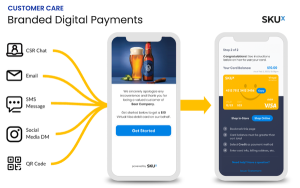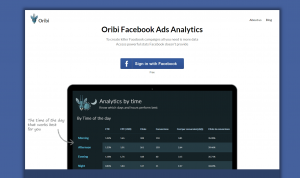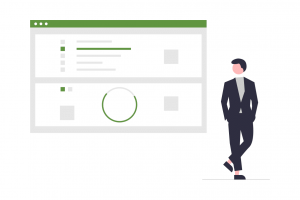High-performing marketers are obsessed with A/B testing. This obsession is driven by the need to optimize every aspect of their marketing campaigns and improve ROI. But trying to test everything at once with no real plan is overwhelming, leaving many marketers frustrated and without the optimization answers they were searching for.
Instead, your A/B testing should be planned strategically with a combination of smaller continuous changes and bigger optimization experiments that have higher levels of risk involved.
The A/B Tests You Should Always Be Running
Your A/B tests don’t always have to push the boundaries on your marketing and provide dramatic results. The majority of A/B testing involves micro-level experiments with the goal of raising your conversion or click-through rates a few points.
These individual experiments won’t necessarily make you a hero, but the combined impact of these incremental A/B tests over time will boost overall marketing performance and ROI.
Incremental A/B testing should examine one small aspect of your marketing at a time. By testing a single element, you can tie any improvements back to the precise change that drove it. Try testing:
- The color of your call-to-action.
- Your email subject line.
- Different messages depending on the device.
- Using only a “Call Now” button instead of a form on mobile landing pages.
- Different messages or CTAs for specific audiences.
These tests can be done across all of your marketing channels, but should be done in the places where minor performance improvements will have the greatest impact.
High Risk, High Reward A/B Tests
While the majority of your A/B tests might be small scale experiments, marketers can reap huge rewards from more extreme testing. This type of radical A/B testing is a high risk, high reward scenario in which marketers double down on a large-scale change and seek much larger performance improvements.
Successful A/B tests at this magnitude will be immediately noticeable in your marketing reporting and should directly improve ROI.
When there is a particular area of your marketing mix that has been underperforming, such as your demo request page, it’s likely time to double down and fire up a radical A/B test. This typically means a large investment for the marketing team in terms of time and effort, but, as mentioned, these large overhauls also have high returns.
Radical tests should occur in places that are absolutely crucial to your customer journey and have the greatest potential for improvement. This can mean testing something as critical as an entirely new homepage or something a bit less extreme like your email template. If the A/B test on your homepage goes well it can result in more people staying on your site, driving more site exploration and higher conversions. A better email template will have more people reading your emails and clicking through to your website.
But the inverse is also possible. Risks can include a negative effect on overall performance, inefficient use of marketing resources, and the inability to pinpoint a single element responsible for the poor performance.
The big risks from radical changes mean they should only be attempted periodically, while a steady stream of incremental tests are run to continuously boost performance across the board.
Evaluating the Results of Your A/B Tests
At the end of the day, proving the winning variation that has superior performance is all about the data that comes out of your A/B tests. But if you wait until the test is over to determine what superior performance means to you, it’s too late.
Marketers need to strictly define ahead of time how each A/B test will be scored. This means choosing the metrics that will be measured and the statistical significance needed for valid results.
A/B testing is most commonly used for conversion rate optimization, but the conversions marketers include are usually only online interactions like form fills. With smartphones becoming the prominent means of accessing the internet, measuring online conversions alone is no longer sufficient.
To supplement online conversion tracking, marketers need call attribution technology to account for the 130 billion phone calls US businesses will receive from mobile marketing this year. With the growth of inbound calls, marketers can no longer afford to ignore calls as a conversion when running A/B tests.
To learn more about the value of call attribution for A/B testing and increasing ROI, download our newest CMO Solution Guide: The Unexpected Impact of Call Conversions on Marketing ROI.
Digital & Social Articles on Business 2 Community(36)








